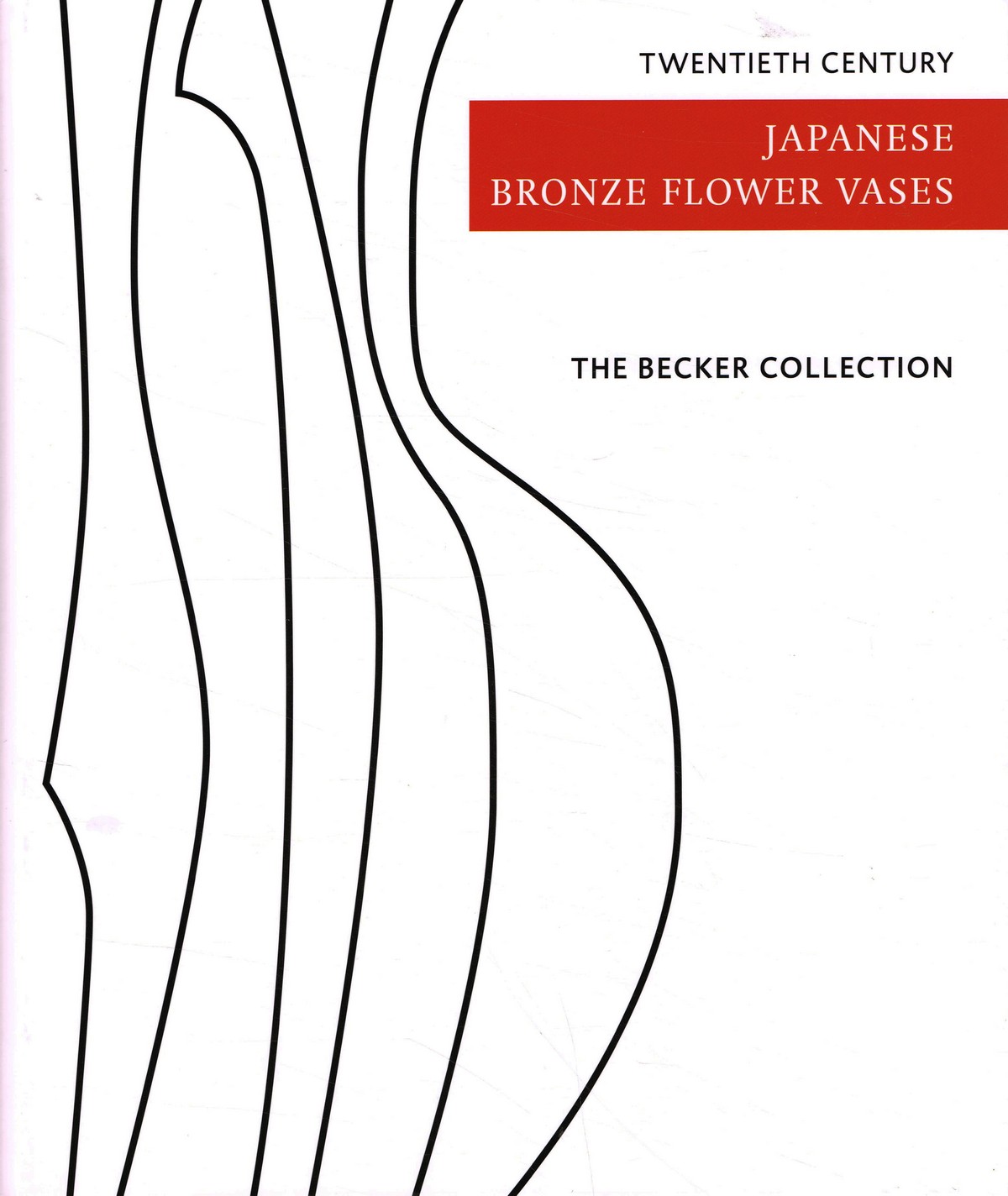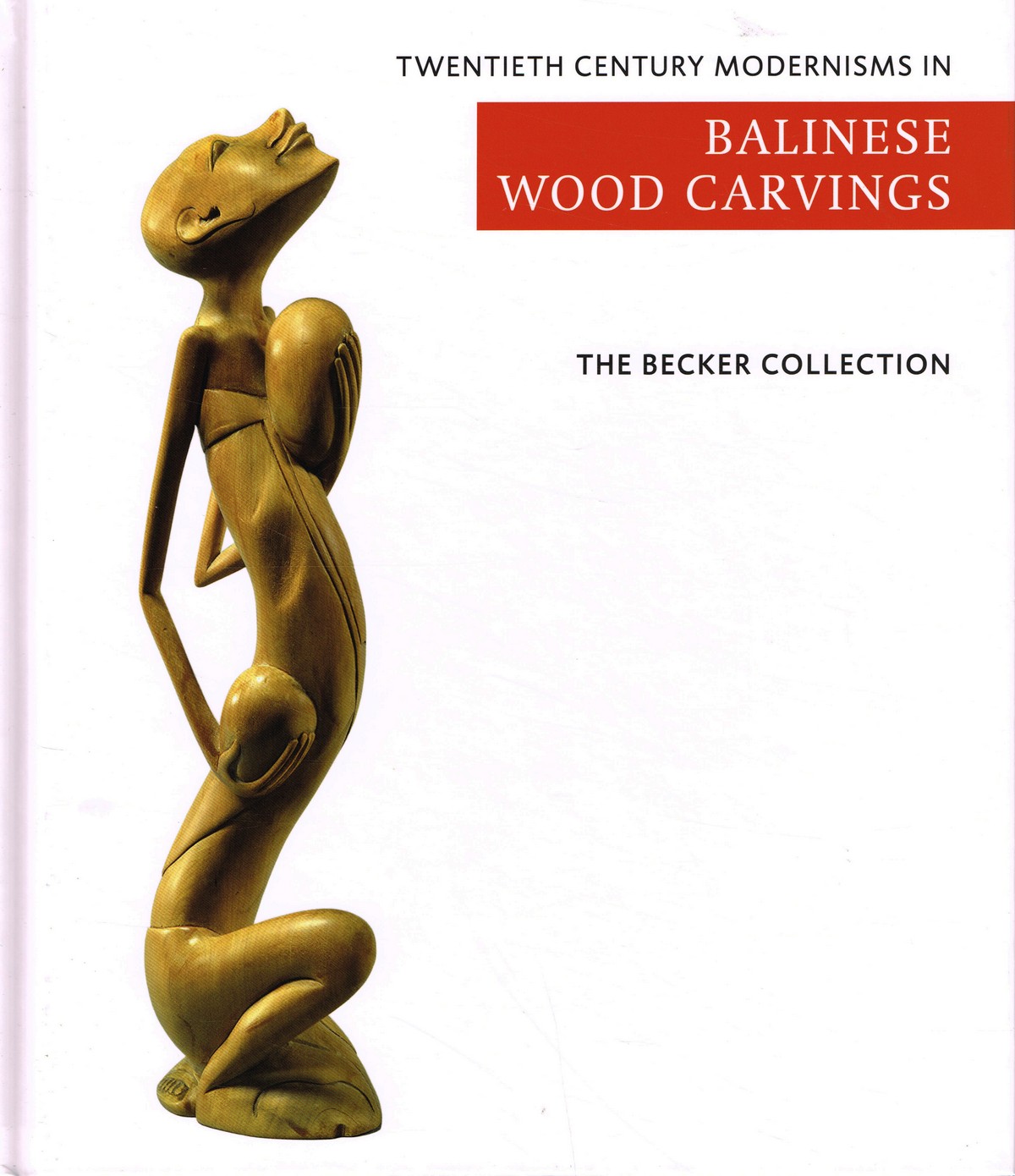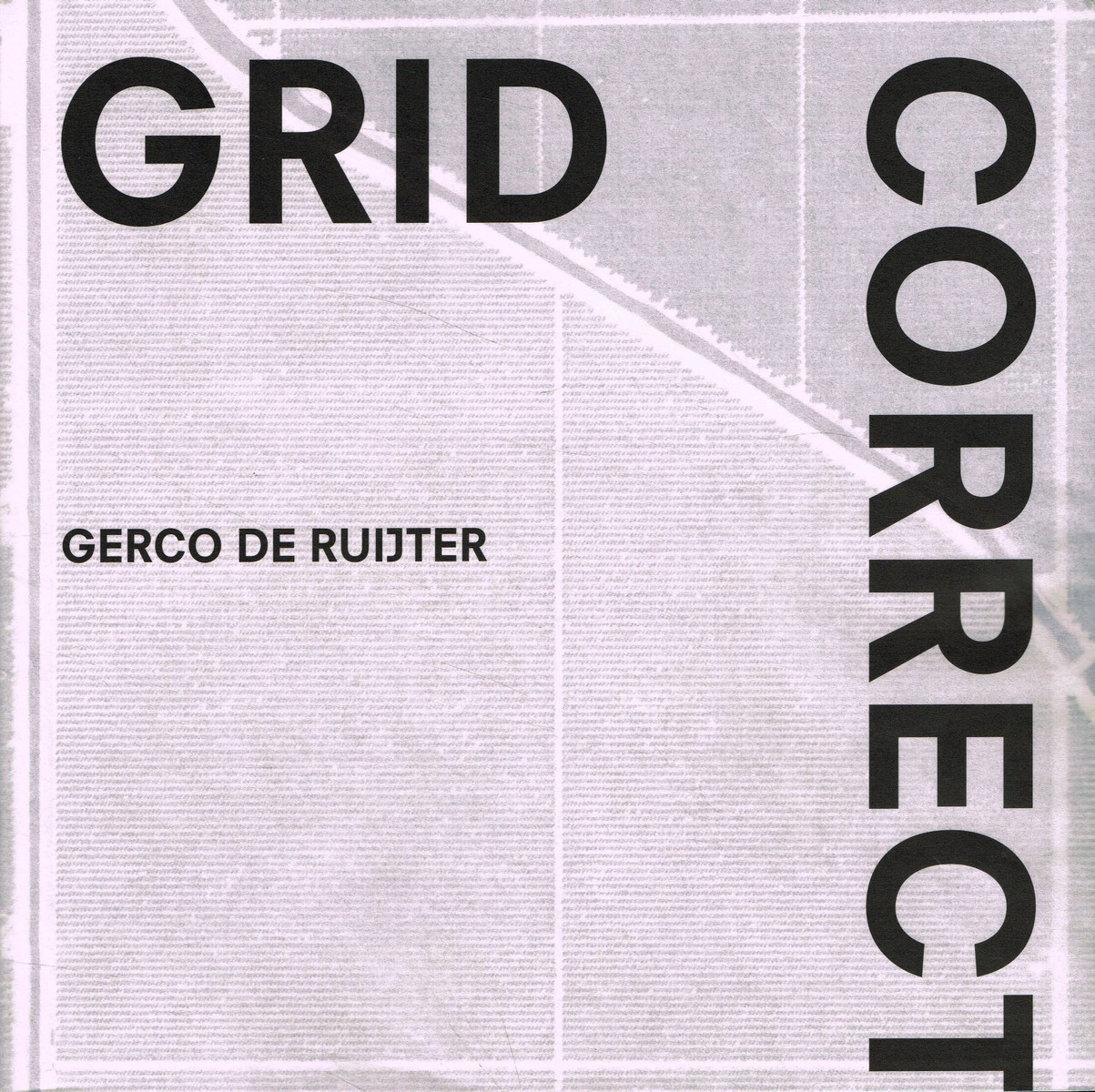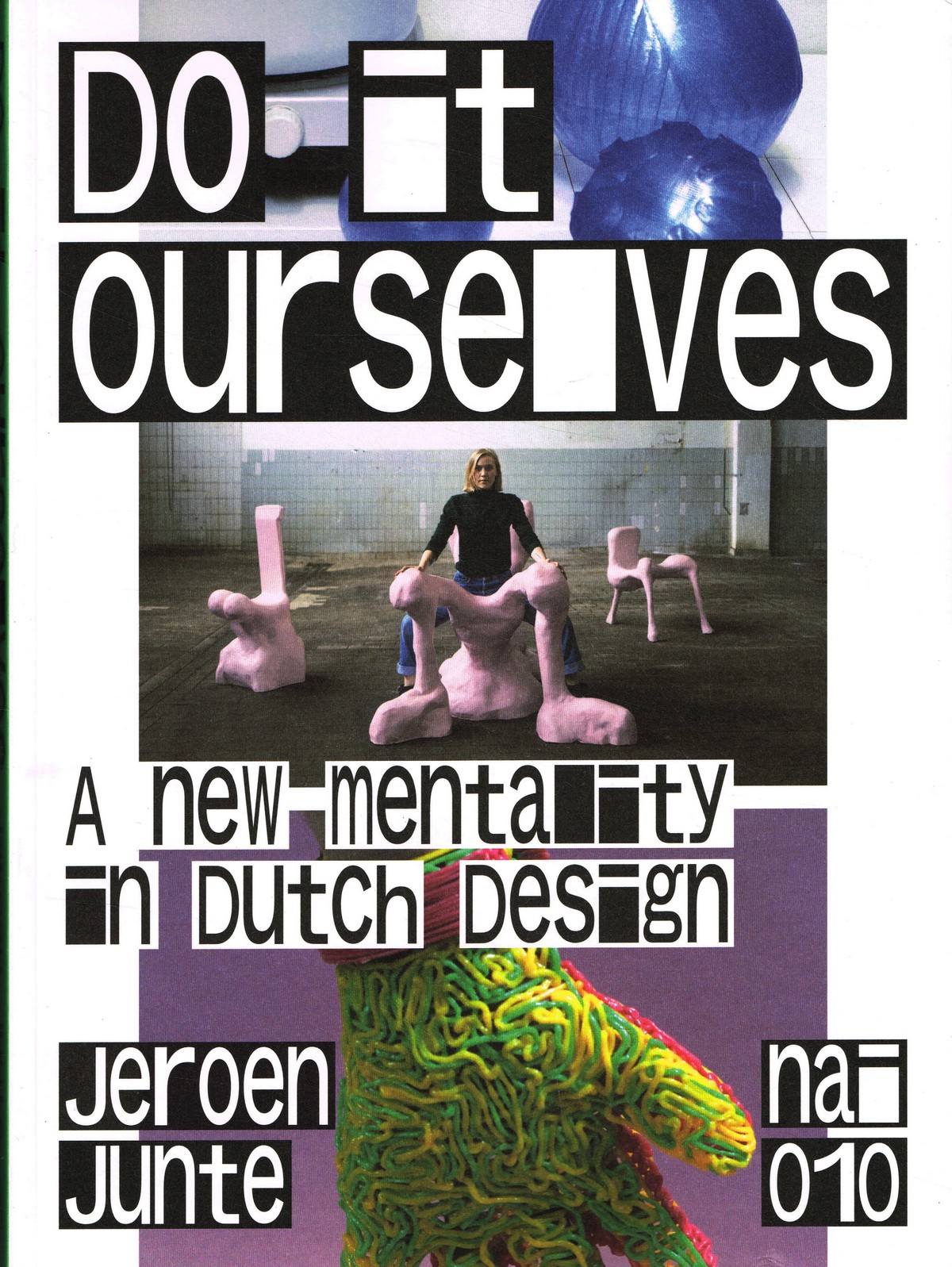Francesca Pola (red.)
Walter Leblanc
€ 50,00 Oorspronkelijke prijs was: € 50,00.€ 19,90Huidige prijs is: € 19,90.
ISBN: 9789462301597.
Bindwijze:
geb
Taal:
EN
Uitgever:
Mercatorfonds
Auteur:
Francesca Pola (red.)
Paginas:
208
Categorie: Kunst.
Little is known about Walter Leblanc, one of the key representatives of kinetic and optical art in the mid-twentieth century. ‘Walter Leblanc’ includes significant unpublished materials, which provide insight not only into the art of Leblanc, but also into the extraordinary and creative ZERO artist movement he was connected to and in close dialogue with starting in the 1950s.
Gerelateerde producten
kunst

Ton & Mies Becker
Twentieth Century Japanese Bronze Flower Vases
'The Becker Collection - Twentieth century Japanese bronze flower vases' contains the private collection of twentieth century bronze flower vases compiled by Ton and Mies Becker, both retired medical specialists van collectors of Asian art. With the introduction of Buddhism in Japan in the sixth century, bronze containers for flowers to be placed on the altar became important religious objects. In the fifteenth century the Buddhist monk Senno Ikenobô founded the art of flower arranging, which started what nowadays is known as ikebana, the traditional Japanes way of floral art. Presently only the Ikenobô ikebana school still uses bronze flower vases, while all other ikebana schools use other materials like ceramics and bamboo. Following the Meije restauration (1868-1912) the Japanese art world was confronted with Western art styles, in particular the Art Deco movement. The twentieth century flower vases in this collection show a variety in shape and style, in part based on traditional Buddhist temple style vases and in part on the streamlined and geometrical style of the Art Deco movement, albeit often with a distinct 'Japanese touch'. A few introductory essays provide some background information about 'bronzes in Japanese culture', 'the patination of flower bronzes' and 'the tomobako (storage box)'. The catalogue of the vases is arranged according to the bronze worker and presented in alphabetical order in the traditional Japanese way, i.e. the family name first, followed by the given name. All vases are shown together with their tomobako -if available- and with their signature or seal. Brief biographical data are included once available. Van Spijkgeb - 168 blz
kunst

Ton & Mies Becker
Twentieth Century Modernisms in Balinese Wood Carvings
'The Becker Collection - Twentieth century modernisms in Balinese wood carving' contains the private collection of twentieth century ?modern style? Balinese wood carvings, collected by Ton and Mies Becker, both retired medical specialists and collectors of Asian art. Between the 8th and 10th century Hindu influences spread to Bali and blended into the exiting Balinese mix of animistic and Buddhist styles and subjects, known as Bali Aga. Hence, in due time the craftsmen obtained the subjects for their works from the Hindu-Balinese religion and their heroes and demons from famous Hindu epics. This particular style became known in the Western art world as the ?Traditional or Old Balinese style?. In the 20th century the arts and crafts scene in Bali changed completely. First because of Western artist who visited Bali and stayed on to work there and, second, because of the gradual influx of increasing numbers of foreign tourists. In addition the Dutch colonial government started a military campaign to control the powerful kingdoms of central and southern Bali. As a result the local craftsmen lost their royal support and soon realized that foreign tourists were not particularly interested in gods and heroes. Hence, stimulated by some of the Western artists who had settled in Bali, they turned to secular subjects taken from nature and everyday life and became more impressionistic in the execution. This led to a range of new styles, often impressionistic and sometimes even minimalistic and caricatural with bizarre elongated shapes or solid compact forms. In this book we are concerned with this particular type of 20th century ?Modern Style? Balinese wood carving. The catalogue contains 40 objects of ?modern style? wood carving, representing different styles. Each object is photographed, both as an overview and in details if so requested. A brief description of each object is provided, together with the estimated date, and additional information is provided if considered useful. The catalogue is preceded by an essay on the history of Balinese wood carving. Van Spijkgeb - 144 blz
kunst

Gerco de Ruijter
Grid Corrections
For English please see below Het Public Land Survey System, ofwel het Jefferson Grid, is het systeem waarmee landmeters eind achttiende eeuw het midden en Westen van de Verenigde Staten in keurige vierkanten verdeelden van exact één bij één mijl. Maar omdat de aarde rond is, liepen de lijnen naar het noorden taps toe. Daarom moest het raster gecorrigeerd worden: grid corrections brachten om de 20 mijl theorie en praktijk weer bij elkaar. Toen vlieger- en luchtfotograaf Gerco de Ruijter tijdens een residentie in Wichita (Kansas) in 2016 over deze kaarsrechte stofwegen reed, kwam hij ze tegen: kleine knikjes en T-kruisingen in het verder volkomen geometrische wegennet. Doordat de verspringingen in het raster steeds variëren, ontstaat een veelvormige en dynamische reeks van beelden die vervreemdt en verwondert. De Ruijter speurde met behulp van Google Earth duizenden van deze correcties op: ondergesneeuwd of uitgedroogd, in steden en woestijnen, door alle seizoenen heen. 'Grid Correct' toont een selectie van ruim 250 van deze grid corrections, gekozen en vormgegeven door Gerco de Ruijter en grafisch vormgever Irma Boom. Begeleid door een tekst van schrijver Peter Delpeut vormt dit bijzonder vormgegeven boek een kunstwerk en monument ineen, getuigenis van de menselijke drang om het landschap in te richten en de vele manieren waarop de natuur daarop reageert. -- The Public Land Survey System or Jefferson Grid is the system with which surveyors divided the middle and west of the United States into neat squares of exactly one by one mile in the late eighteenth century. But because the earth is round, the lines tapered to the north. Therefore the grid had to be corrected: every 20 miles, grid corrections brought theory and practice back together. When pilot and aerial photographer Gerco de Ruijter drove along these dead straight dust roads during a residency in Wichita (Kansas) in 2016, he came across them: small bends and T-junctions in an otherwise completely geometric road network. The grid corrections are all different and therefore create a multiform and dynamic series of images that alienates and amazes. With the help of Google Earth, De Ruijter looked up thousands of these corrections: snowed under or dried up, in cities and in deserts, throughout the seasons. 'Grid Correct' presents a selection of over 150 grid corrections, selected and designed by Gerco de Ruijter and graphic designer Irma Boom. Accompanied by a text by writer Peter Delpeut, this exceptionally designed book is a work of art and monument in one, a testimony to the human urge to design the landscape and the many ways in which nature responds to that urge. Tweetalig boek Engels en Nederlands nai010pap - 452 blz
kunst

Jeroen Junte
Do It Ourselves
For English see below Nederlandse ontwerpers hebben de afgelopen jaren een scherpe koerswijziging doorgemaakt. De nieuwe lichting ontwerpers kiest nieuwe waarden en uitgangspunten en streeft door onderzoek en samenwerking naar maatschappelijke relevantie en impact. Deze 'post-crisisgeneratie' is bevlogen, optimistisch, maar ook pragmatisch met oog voor schoonheid. Humor en het concept als bijna obligate instrumenten zijn verruild voor engagement en vrij onderzoek. Ironie en beschouwende kritiek hebben plaatsgemaakt voor onbevangenheid en dadendrang. Ambacht en lokale productie worden onderzocht als een realistisch alternatief voor vastgelopen systemen. Naast kunst en design worden ook wetenschap, technologie, sociale studies en politiek gezien als speelvelden voor ontwerpers. Kortom, de nieuwste generatie ontwerpers zoekt naar een inhoudelijke verdieping van het vak en streeft naar een positieve bijdrage aan maatschappelijke vraagstukken. Designjournalist en?criticus Jeroen Junte beschrijft voor het eerst deze nieuwe fase in de ontwikkeling van het alom geprezen Dutch Design en voert de lezer langs 199 verrassende, innovatieve en verbazingwekkende projecten en producten. - English - In recent years, Dutch Design has sharply diverged from its previous course. A generation of designers trained in and shaped by the crisis years chose new values and starting points. The focus is now on inquisitive and collaborative makers who strive for social relevance and, if possible, impact. This 'post-crisis generation' is committed and optimistic, but also pragmatic and in possession of an eye for beauty. Humour and the almost inescapable concept have been exchanged for engagement and free research and irony and contemplative criticism for open-mindedness and the will to act. Craftsmanship and local production are examined as realistic alternatives to deadlocked systems of production and distribution. In addition to art and design, science, technology, social studies and politics are also seen as design arenas. In short, the latest generation of designers is looking to substantiate the content of the profession and make positive contributions to social issues. Well-known design writer Jeroen Junte is the first to describe this new stage in the development of the widely acclaimed Dutch Design, by way of 199 surprising, innovative, astonishing projects and products. Engelstalig boek nai010pap - 275 blz


